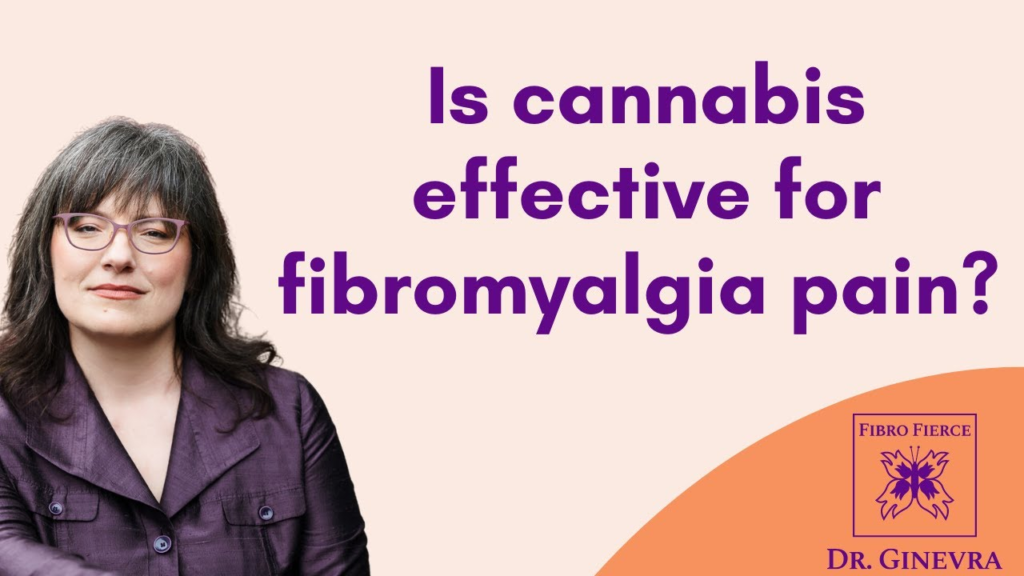
People suffering from fibromyalgia often experience “fibro fog,” a type of cognitive dysfunction also referred to as brain fog.

People suffering from fibromyalgia often experience “fibro fog,” a type of cognitive dysfunction also referred to as brain fog.

Individuals with fibromyalgia often face limited treatment options and struggle to find explanations for their symptoms. Researchers at Mass General Brigham have discovered that cognitive behavioural therapy (CBT) can significantly alleviate the burden of fibromyalgia by reducing pain-catastrophizing, a negative cognitive and emotional response that can intensify pain. Neuroimaging data showing decreased connectivity between brain regions associated with self-awareness, pain, and emotional processing support this finding.
“In this study, we examined how psychological processes and the brain’s connectivity patterns respond to pain,” stated co-senior author Robert Edwards, PhD, a clinical psychologist in the Department of Anesthesiology, Perioperative & Pain Medicine at Brigham and Women’s Hospital, a founding member of the Mass General Brigham healthcare system. “We sought to investigate how cognitive behavioral therapy (CBT), a type of talk therapy aimed at addressing maladaptive thoughts, can improve daily functioning and change the brain’s processing of pain-related information.”
Edwards explains that cognitive behavioral therapy (CBT) can reduce negative cognitive and emotional responses to pain. He says that while these responses are normal, they can amplify the disabling effects of chronic pain and make conditions like fibromyalgia (FM) more burdensome.
The research team for the study included researchers from three members of Mass General Brigham: Spaulding Rehabilitation Hospital, Brigham and Women’s Hospital, and Massachusetts General Hospital. Mass General Brigham brings together 16 member institutions, including academic medical centres, top-tier speciality hospitals, community hospitals, and more. Research that involves multiple entities within Mass General Brigham provides unique insights and perspectives from different settings and areas of expertise, making it more impactful than individual research efforts.
:Researchers recruited 98 women, randomly assigning 64 to a treatment group receiving CBT and 34 to a control group that received education about FM and chronic pain but was not taught specific CBT techniques. All participants were between 18 and 75 years old and had a confirmed diagnosis of fibromyalgia for at least six months. To collect baseline data, all participants completed several validated pain and quality of life questionnaires.
During the study, each group took part in eight intervention sessions, which involved 60-75 minute visits with a licensed mental health provider. The participants were mainly evaluated based on their pain interference levels, which measures the extent to which their pain affected their daily activities, as well as their pain catastrophizing, pain severity, and the overall impact of fibromyalgia on their quality of life.
Results demonstrated that those who underwent CBT experienced significantly greater reductions in pain interference. CBT participants also exhibited significantly less pain catastrophizing and reported that their FM symptoms had significantly less impact on their daily lives.
The team saw evidence that after undergoing CBT, patients experienced changes in the activities of all three networks that suggested a diminished focus on pain.
“Before undergoing cognitive behavioral therapy (CBT), we observed strong connections in certain parts of the brain related to self-awareness and sensation, indicating that patients were highly attuned to the pain they were feeling and internalized these symptoms,” said co-first author Jeungchan Lee, PhD, an instructor in the Department of Physical Medicine and Rehabilitation at Spaulding Rehabilitation Hospital and the Athinoula A. Martinos Center for Biomedical Imaging at Massachusetts General Hospital. “After CBT, these connections were significantly weaker, suggesting that patients were better able to separate themselves from their pain after therapy.”
This study was limited to women, partly because of its high prevalence, and partly to eliminate confounding gender differences in brain activity. In the future, the researchers hope to collect data from men and non-binary patients with FM. Additionally, CBT includes several therapeutic components, and these results cannot be generalized to assess the impact across all forms of CBT on reducing FM chronic pain.
Both Lee and Edwards agree that these findings ultimately suggest that complex chronic pain conditions like fibromyalgia should be addressed with a multitude of pharmacological and cognitive therapies.
“I hope that these findings motivate healthcare providers to consider CBT as an effective treatment option to reduce the impact of pain patients experience,” explained Edwards. “Chronic pain conditions like fibromyalgia involve long-standing patterns of changes in the central nervous system, and CBT is one among many treatment options, such as medication and physical therapy, that we know can be beneficial for those living with FM.”
Regular monitoring of physical and mental health is necessary to minimize risks of accidents, infections, and especially suicide, based on pooled data analysis.

Fibromyalgia, a condition that causes persistent widespread pain and fatigue, may be associated with an increased risk of death due to vulnerability to accidents, infections, and especially suicide. This information comes from a pooled data analysis of available evidence, published in the open access journal RMD Open.
The researchers urge for regular monitoring of patients’ physical and mental health to minimize these risks.
It’s unclear what causes fibromyalgia, but researchers note its increasing prevalence. There is a growing recognition that the condition often coexists with other health problems, including rheumatic, gut, neurological, and mental health disorders.
Given the extent of pain experienced by these patients and the likelihood of other debilitating conditions, they are probably at heightened risk of premature death.
In order to support this hypothesis, the researchers examined the results of 8 pertinent studies that were published between 1999 and 2020, out of an initial group of 33. They combined the findings from 6 of these studies, which included a total of 188,751 adults, all of whom had other concurrent conditions.
The analysis revealed that fibromyalgia was linked to a 27% increased risk of death from all causes over time, although this did not apply to those diagnosed using the 1990 criteria.
But the diagnostic criteria for fibromyalgia have evolved since 1990 in tandem with an increasing understanding of the array of clinical symptoms associated with the condition. They were consequently revised in 2010, 2011, and 2016, as pointed out by the researchers.
Specifically, the analysis indicated that the risk of cancer-related death was 12% lower than that of the general population of the same age, and only marginally higher (5%) for accidents.
But the infection rate was 44% higher, including pneumonia and septicaemia, and more than 3 times as high for suicide.
The researchers note that it is not clear whether the increased risk is due to fibromyalgia itself or the accompanying conditions, as their research was not designed to evaluate this. They emphasize that this is an important issue that requires further research.
They caution that their findings should be interpreted in the light of differing study designs and the small number of participants included in their analysis.
“Due to significant differences among the studies, which were also limited in number, no definitive conclusions can be made from the available data,” they wrote. “However, it is possible that for the subgroup of patients diagnosed using the 1990 criteria, there is no increased risk of mortality, and for those diagnosed using later versions, the risk is higher,” they added.
“Plausible explanations exist for their findings,” they suggest. The increased mortality associated with accidents may be linked to fatigue, unrefreshing sleep, and concentration difficulties that accompany fibromyalgia. These are also a component of its diagnostic criteria since 2010.
More evidence supports immune system involvement and inflammation in fibromyalgia pathophysiology, explaining the increased mortality from infections. Physical comorbidity may be an additional factor.
And the reduced risk of a cancer death may be due to these patients’ extensive use of health services, they suggest.
The analysis has identified risks that could pose a significant public health concern, given the condition’s high prevalence, which clinicians do not always take seriously.
“Studies have shown that medical staff are often hesitant to acknowledge fibromyalgia as a legitimate medical condition. They also encounter emotional and psychological challenges when interacting with these patients and managing their disorder,” the researchers state.
“Fibromyalgia is often referred to as an ‘imaginary condition,’ sparking ongoing debates about the legitimacy and clinical usefulness of this diagnosis. However, our review offers additional evidence supporting the need to take fibromyalgia patients seriously. We particularly emphasize the importance of screening for suicidal ideation, preventing accidents, and addressing the prevention and treatment of infections,” the researchers conclude

A lot of individuals suffering from fibromyalgia have shared that cannabis, also known as medical marijuana, provides relief for their pain. However, there hasn’t been enough research to support this claim until recently. In the video, I’ll discuss how cannabis works in the body to alleviate pain, and I’ll also delve into recent studies that explore the effectiveness of cannabis in reducing fibromyalgia pain.